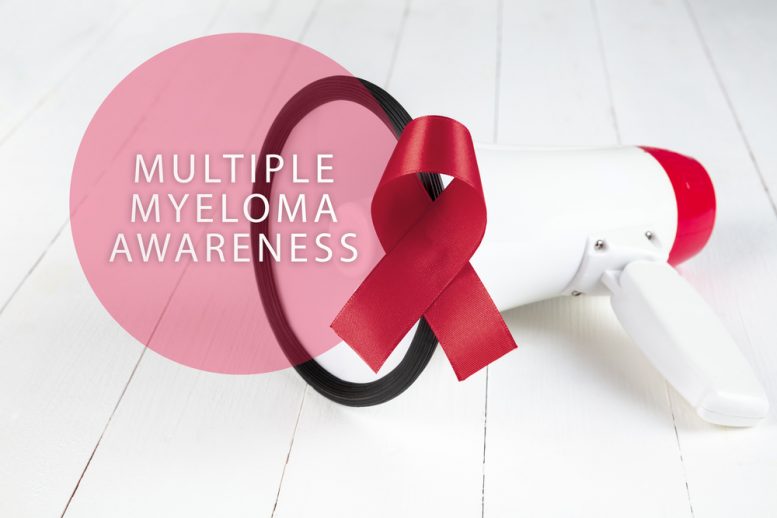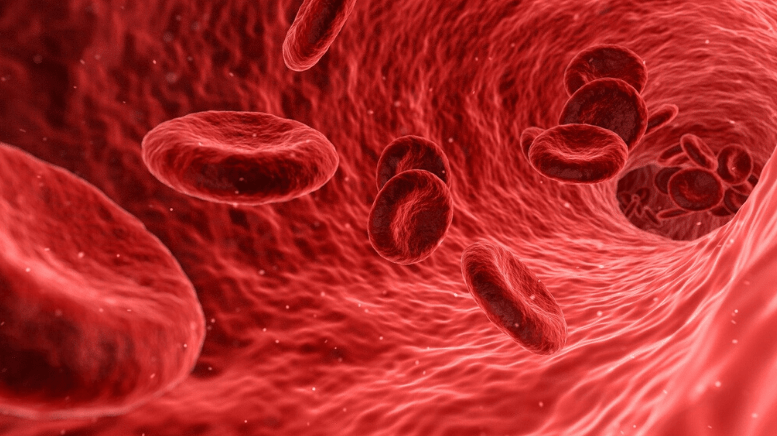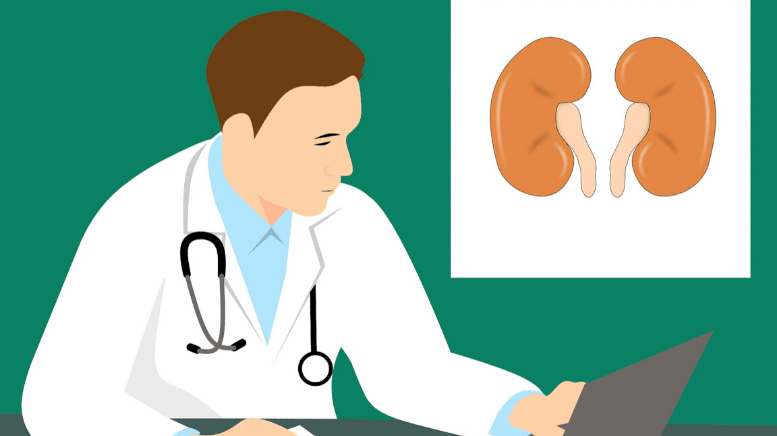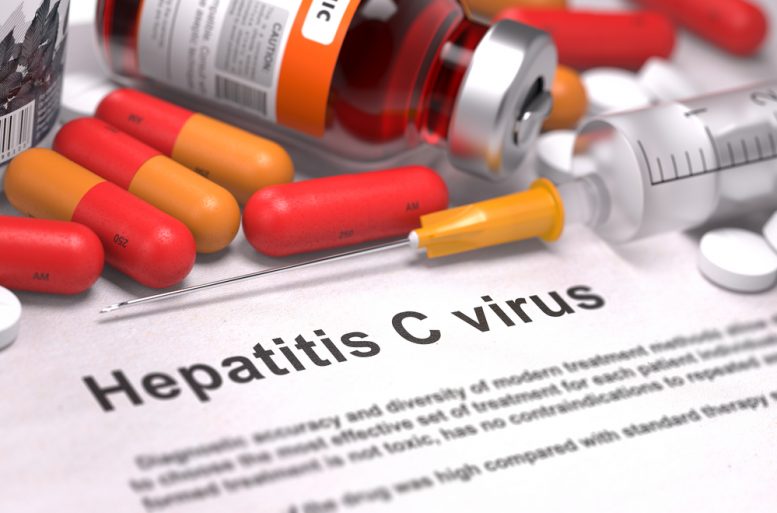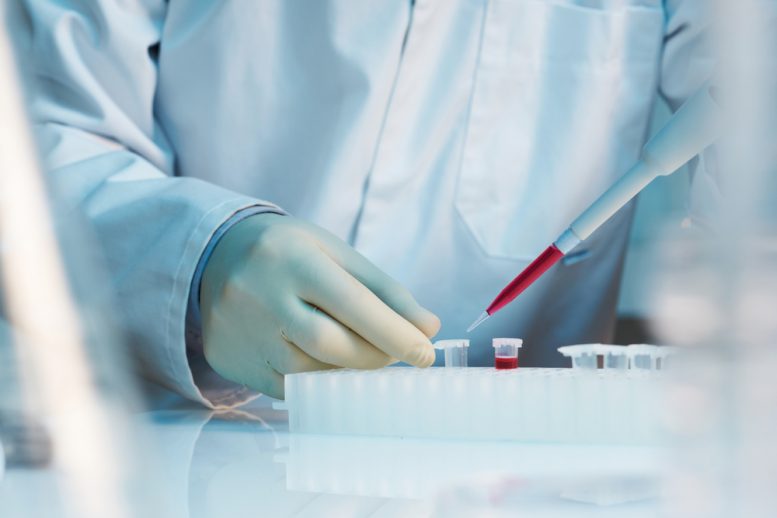If your doctor tells you that you have relapses, it means your multiple myeloma has returned after treatment left you cancer-free for a while. When this happens to you, it’s essential to understand that relapsed multiple myeloma treatments do exist and can help. It’s just a matter of finding the drug or combination of drugs that works for you.
Chemotherapy and other medications and treatments kill multiple myeloma cells and put you into remission, meaning your tests no longer show signs of the cancer. Relapsed multiple myeloma is when cancer comes back after you were in remission.
Your physician may suggest a combination of two or three relapsed multiple myeloma treatments. You might get the same medicines you received when you were initially diagnosed with multiple myeloma or different ones.
Proteasome inhibitors. Proteasomes are enzymes inside cells that assist in the breakdown and removal of unneeded or damaged proteins. Multiple myeloma cells produce large amounts of abnormal proteins.
Proteasome inhibitors prevent myeloma cells from breaking down abnormal proteins. As the proteins build up, the cancer cells swell until it finally bursts open and dies.
Proteasome inhibitors include:
- Carfilzomib (Kyprolis)
- Bortezomib (Velcade)
- Ixazomib (Ninlaro)
Common side effects include:
- Diarrhea or constipation
- Fever
- Nausea
- Vomiting
- Tiredness
- Low blood cell counts
- Nerve damage
Immunomodulatory drugs. These medications boost your immune system to help it fight cancer. They also cut off cancer’s blood supply to “starve” it.
Relapsed multiple myeloma treatments include:
- Lenalidomide (Revlimid)
- Thalidomide (Thalomid)
- Pomalidomide (Pomalyst)psed m
Common side effects are:
- Nerve damage
- Low blood cell counts
- Tiredness
- Constipation
Steroids. Steroids bring down inflammation in your body and kill myeloma cells. They also help ease nausea and prevent the vomiting that can come from chemotherapy treatment.
Steroids used for relapsed multiple myeloma treatments include:
- Dexamethasone (Decadron, Dexamethasone Intensol, Dexasone, Hexadrol)
- Prednisone
Side effects may include:
- Weight gain
- Increased appetite
- Weak bones
- Mood changes
Monoclonal antibodies. Your immune system produces antibodies to help it fight off germs and infections. Monoclonal antibodies are human-made antibodies that target proteins on the surface of cancer cells. These drugs are infused into the vein.
The FDA has approved two monoclonal antibodies that can be used for relapsed multiple myeloma treatments:
- Elotuzumab (Empliciti)
- Daratumumab (Darzalex)
A reaction to monoclonal antibodies can cause symptoms like:
- Trouble breathing
- Wheezing
- Coughing
- Tightness in the throat
- Dizziness
Other side effects for these types of relapsed multiple myeloma are:
- Tiredness
- Nausea
- Back pain
- Fever
- Diarrhea or constipation
- Nerve damage
Histone deacetylase inhibitors. These drugs turn on specific genes inside the cancer cells to slow their growth. The FDA has approved panobinostat (Farydak) as a relapsed multiple myeloma treatment.
It can cause side effects like:
- Diarrhea
- Nausea
- Vomiting
- Swelling in the arms or legs
- Nerve damage
- Decreased appetite
- Tiredness
- Low blood cell counts
Chemotherapy. Chemo kills cancer cells or slows their growth. If you relapsed more than a year after you finished treatment, your doctor might give you the same chemo drug you took before.
Chemotherapy drugs used as relapsed multiple myeloma treatments:
- Cyclophosphamide (Cytoxan)
- Melphalan (Alkeran)
Chemotherapy can cause side effects like:
- Nausea
- Vomiting
- Mouth sores
- Hair loss
- Appetite loss
- Infections
- Bruising
- Bleeding
Stem cell transplant. High-dose chemo kills a large number of cancer cells, but it also damages the stem cells in the bone marrow that grow into new blood cells. A stem cell transplant replaces those damaged stem cells with healthy ones taken from your body or a donor.
Featured Image: Depositphotos © [email protected]



